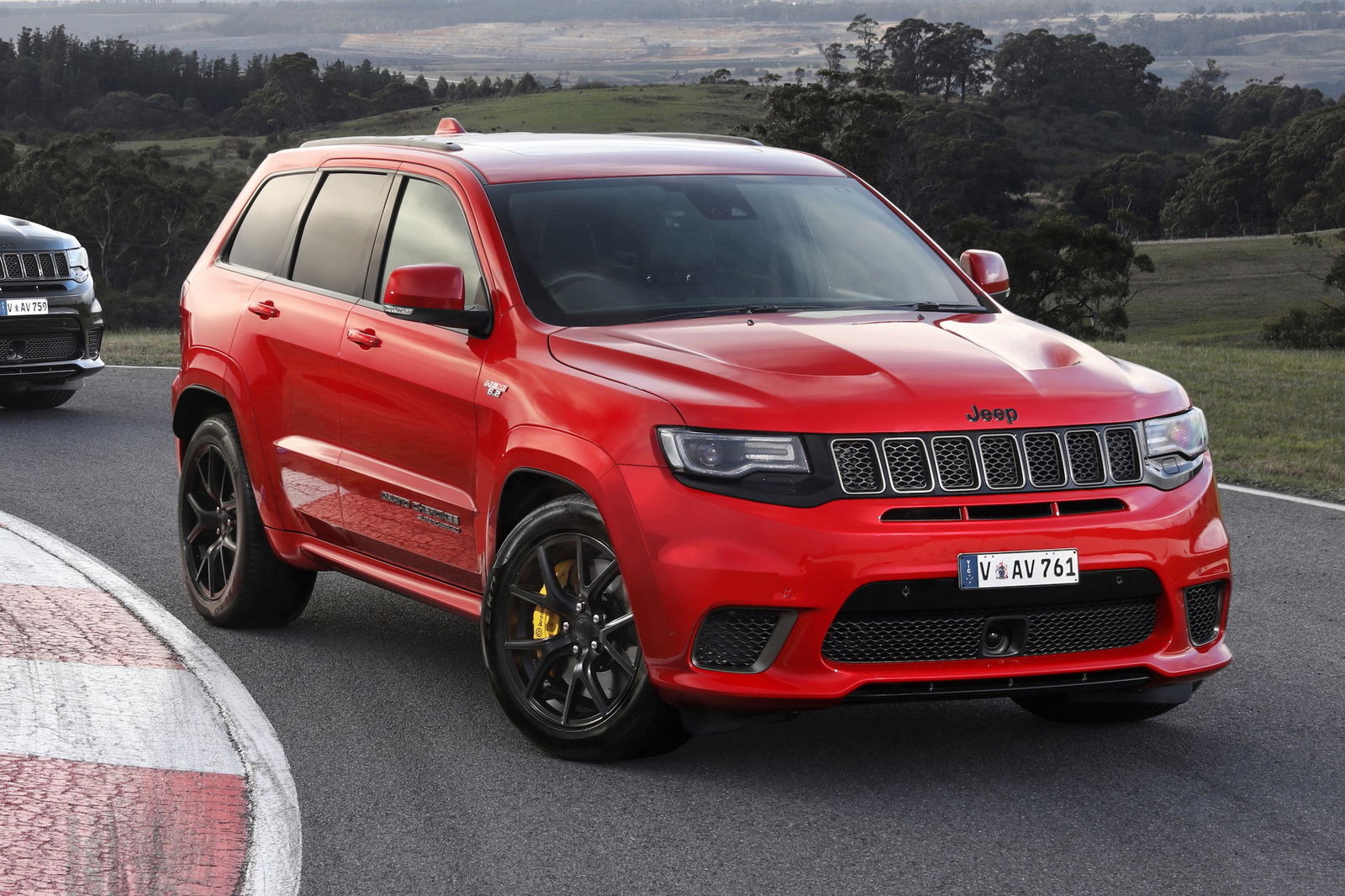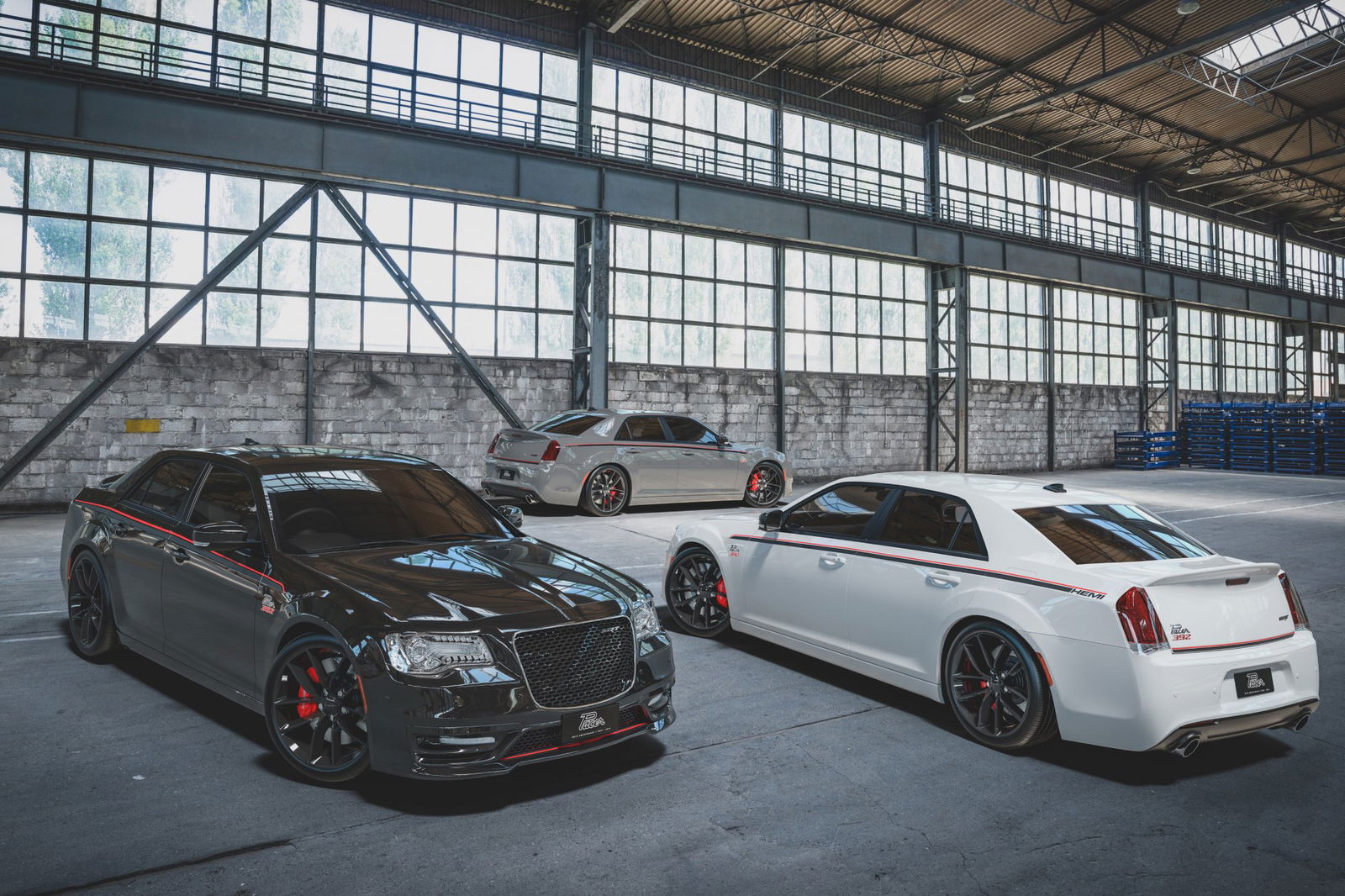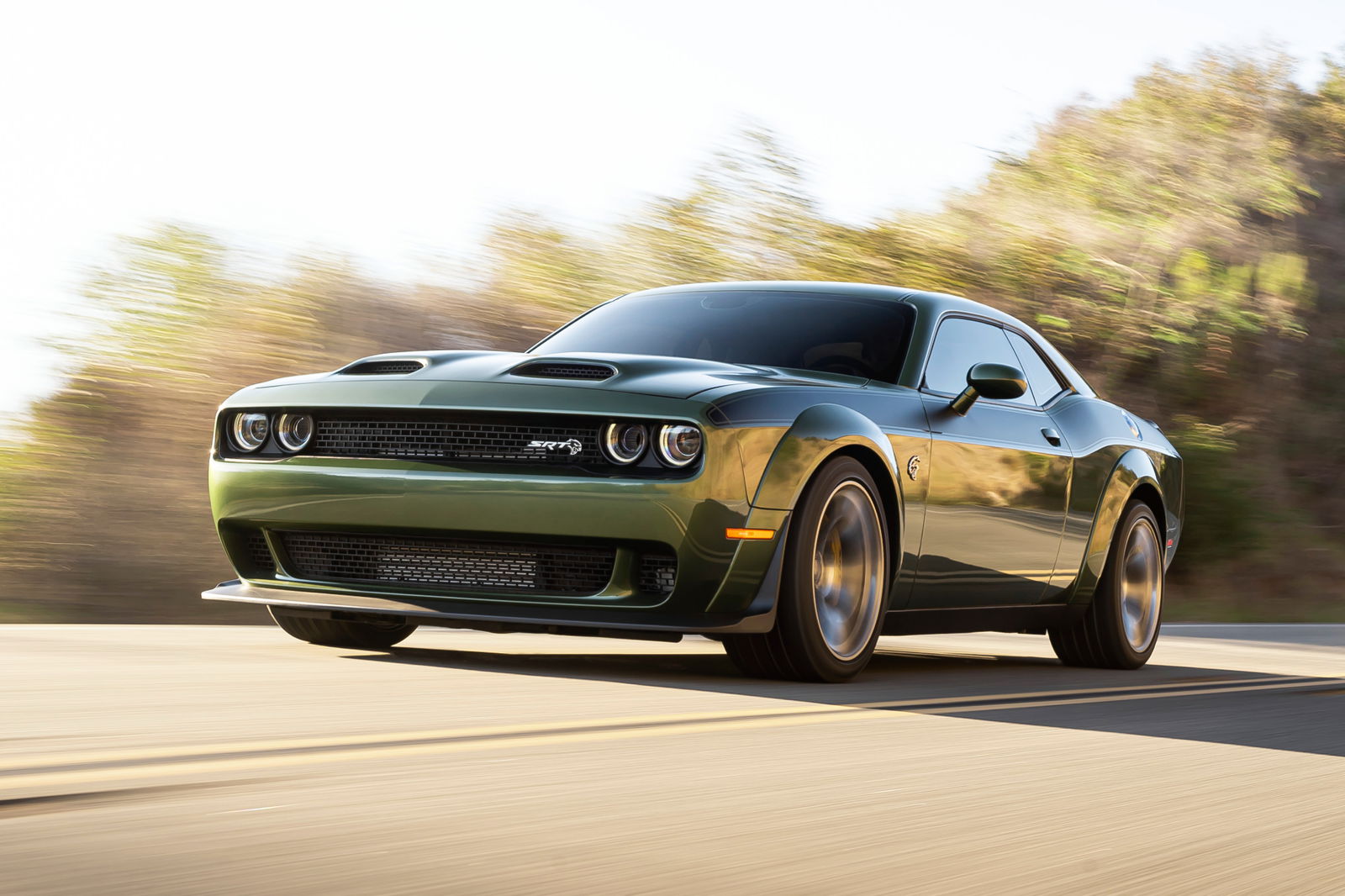Stellantis – the multinational parent of more than a dozen brands – has been through a lot in the past year, first losing its CEO after criticism from within, and then backpedalling on multiple strategies, namely in the US.
The car giant’s latest move has seen recently-returned Ram CEO Tim Kuniskis appointed as the newly created head of American brands and North America marketing and retail strategy, in a bid to turn around the fortunes of Ram, Dodge, Jeep and Chrysler.
Kuniskis will keep his job at Ram – where he recently led the charge to bring back the axed Hemi V8 – while the new role sees him report to Stellantis CEO Antonio Filosa, who is also the chief operating officer for the conglomerate’s North American brands.
On top of that, Kuniskis will lead the reformed SRT division, the former high-performance arm of the US quartet.

The Street Racing and Technology (SRT) brand can be traced back to the team which developed the first-generation Viper, however the badge didn’t first appear until 2003 on the second-gen sports car.
Since then the SRT nameplate was used on the hottest versions of almost every Dodge, Chrysler and Jeep vehicle, from the turbocharged four-cylinder Neon SRT-4, the V6 Crossfire SRT-6, supercharged Charger and Challenger SRT Hellcats, and the aforementioned Viper, which was sold as an SRT model from 2013 to 2017.
In Australia, the SRT badge featured on the fastest versions of the Jeep Grand Cherokee, as well as the Chrysler 300.

SRT was wound up in 2021 shortly after Fiat Chrysler Automobiles (FCA) merged with the Peugeot S.A. Group (PSA) to create Stellantis, and since then the carmakers it lent its badges to have wound down production of their flagship performance models.
However, under the leadership of Kuniskis, that appears to be changing. The revival of the 5.7-litre Hemi-powered Ram 1500 has left the door open for the return of the 6.2-litre supercharged TRX, while reports have also claimed the new Charger sedan and coupe (a replacement of the Challenger) will also get V8 power once more.
“We’re getting the band back together,” Kuniskis said in a media statement.
“SRT is another box we needed to check as we head into a product launch cadence enabling more performance than we’ve ever seen before.
“We’re working with our product development and technology organization to select the best engineers in powertrain and vehicle dynamics to build a team worthy of the SRT name.”
According to Stellantis, “the newly reestablished SRT performance division will oversee Direct Connection and North American motorsports initiatives under Chrysler, Dodge, Jeep and Ram, including participation in the NHRA and Ram’s recently announced plans to return to the NASCAR Truck Series in 2026.”

While there have been reports of what SRT could do for Dodge and Ram, Chrysler’s future is in an awkward position, as it only sells people-movers.
Last month, Chrysler CEO Chris Feuell told the Detroit Free Press a new model could pick up where its now-defunct 300 left off.
According to the executive, Chrysler plans to launch a vehicle which is “inspired by” the Halcyon, the brand’s concept car which was revealed early last year.
While the Halcyon is almost the exact opposite of the 300 – with its sleek curves rather than the discontinued sedan’s blocky appearance – Chrysler is more than interested in turning it into reality, even if it may not adopt the same name.














Discussion about this post